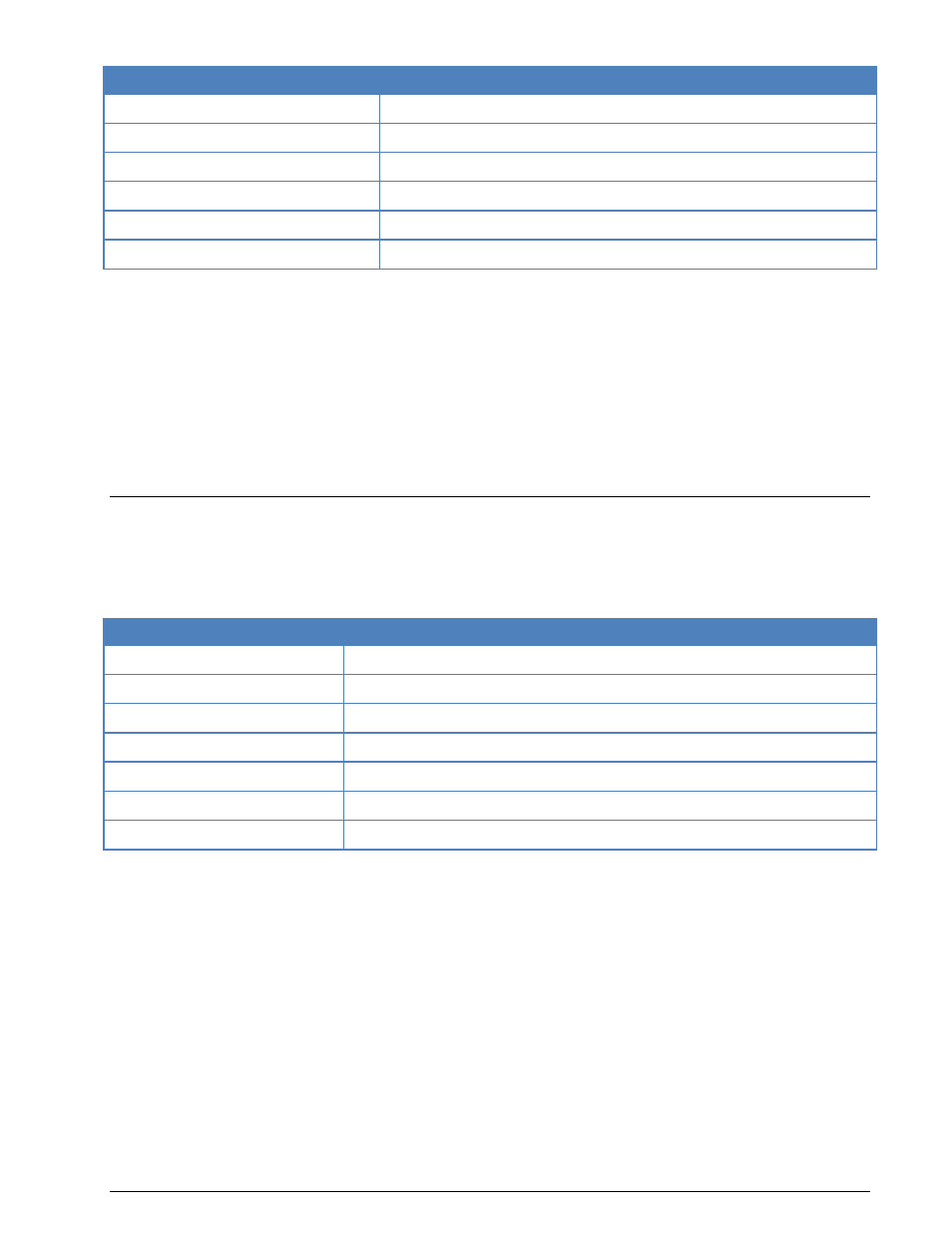Hf-acars – Wavecom W61PC V7.5.0 User Manual
Page 171

WAVECOM Decoder W61PC/LAN Manual V7.5
Transmission Modes
161
Parameter
Value
Operation modes
Simplex ARQ
Modulation
FSK
Symbol rate
240.0 Bd, variable 30-650 Bd
Receiver settings
DATA, CW, LSB or USB
Input format(s)
AF, IF
Additional Info
ITA-2 with block coding
HC-ARQ does not use a fixed timing cycle so data blocks of the information sending station (ISS) and the
acknowledgement blocks of the information receiving station (IRS) have no fixed timing frame.
Synchronization is achieved by a long bit sequence at the start of each block. The start sequence consists
of the bit pattern 1000 1011 10101 0010 and 16 subsequent control bits. After the start sequence sixty
ITA-2 characters and 32 check bits for each block follow.
HC-ARQ may be set to one of three data block lengths with 30, 60 or 180 characters (150, 300 or 900 da-
ta bits). However, the system is not adaptive and the block length must be set to the same value by both
stations before transmissions start.
HC-ARQ was originally intended for use in telephone line based data transmission, but it is also found on
short-wave.
HF-ACARS
HF Data Link (HFDL) protocols are defined in the ARINC (Aeronautical Radio, Inc.) Specification 635-3,
published on December 29, 2000. The development of HF Data Link service builds on the experiences of
ACARS (Aircraft Communications Addressing and Reporting System), therefore HFDL is also known as HF-
ACARS.
Parameter
Value
Frequency range
HF
Operation modes
Simplex ARQ TDM
Modulation
M-ary PSK
Symbol rate
1800 Bd
User data rate
300, 600, 1200 or 1800 bps
Receiver settings
USB
Signal source(s)
AF, IF
The protocols are compatible with the OSI model and enable the ground stations and avionics systems on
aircraft to communicate with each other in a bit-oriented message format.
HF Data Link employs M-ary Phase Shift Keying (M-PSK) to modulate a carrier centered at RF+1440 Hz,
where RF is the nominal HF carrier frequency. The carrier is modulated with 1800 symbols per second
(Baud). However, the rate at which user data is transmitted can be selected to be 300, 600, 1200 or 1800
bps.
HFDL air-ground protocols employ a slotted Time Division Multiple Access (TDMA) protocol.
Every frame has duration of 32 seconds and is divided into 13 slots. The first slot is called a Squitter,
which carries various types of information, including slot acknowledgement and assignment codes.
The next 12 slots of a frame are called Medium access Protocol Data Units (MPDU). They are used by air-
crafts and ground stations to exchange different kinds of data, e.g. aircraft logon/logoff requests, aircraft
position, frequency assignment etc. Each MPDU contains several Link Protocol Data Units (LPDU), which
may consist of Basic Data Units (BDU).
Each slot (Squitter or MPDU) has the same structure:
